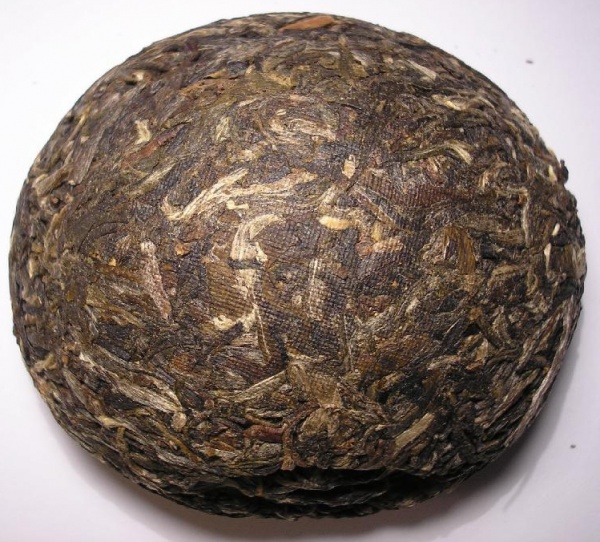Facts About Pu'er tea
Pu'er tea, also known as pu-erh, is a distinctive type of fermented tea originating from Yunnan Province in China. This tea is renowned for its unique fermentation process, which involves microbial fermentation and controlled oxidation, and it is classified as 黑茶 (hēichá) or dark tea. There are two primary types of Pu'er tea: shēng (raw) and shóu (ripe). Shēng Pu'er undergoes a slow, natural fermentation process over time, whereas shóu Pu'er undergoes an accelerated fermentation process known as wòduī.
The rich flavor and potential health benefits of Pu'er tea are attributed to its polyphenolic antioxidants, particularly theaflavins. The name "Pu'er" is derived from the Mandarin pronunciation of 普洱, while "Pu-erh" is a variant spelling based on the Wade-Giles romanization system. The tradition of fermented dark tea in China has a long history, but it was only in the postwar years that the processing methods for hēichá became standardized.
Pu'er tea is made from the leaves of the Camellia sinensis var. assamica plant and is frequently compressed into various shapes for aging. The quality of Pu'er tea varies depending on the cultivation method, whether it comes from plantation bushes, wild arbor trees, or wild trees. The tea is produced in various regions of Yunnan, notably the famous Six Great Tea Mountains.
Tea factories in Yunnan produce and compress Pu'er tea, utilizing a unique numbering system to denote different recipes. The aging and storage conditions of Pu'er tea significantly influence its flavor and quality. Factors such as leaf quality, compression method, shape, and storage environment all contribute to the tea's aging process.
To prepare Pu'er tea, many enthusiasts employ Gongfu style brewing with Yixing teaware or a gaiwan. The quality of Pu'er tea is assessed based on the appearance of the dried leaves, the color and taste of the tea liquor, and the condition of the spent tea leaves. While some health claims, such as weight loss benefits, are often mentioned, they are generally not strongly supported by scientific evidence.
In Cantonese culture, Pu'er tea is sometimes enjoyed with additives like osmanthus flowers, chrysanthemum, and wolfberries. However, it is important to note that in some areas, consuming lower-quality Bianxiao brick tea has been linked to fluorosis due to high levels of fluorine.

 Myanmar (Burma)
Myanmar (Burma)